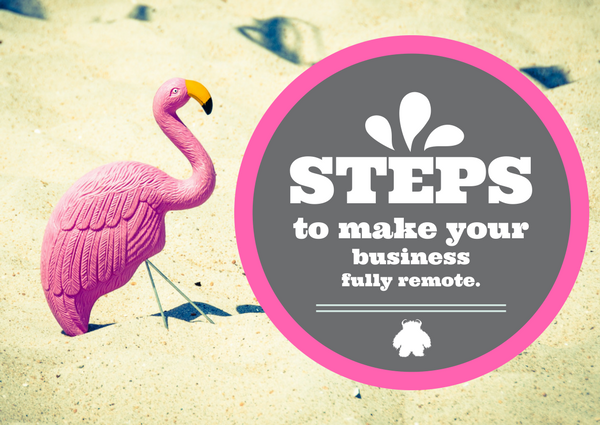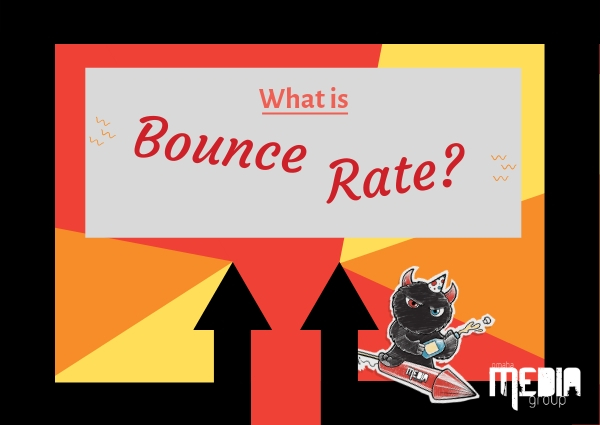 https://www.omahamediagroup.com/images/uploads/monster_gallery/Omaha-Media-Group-Black.jpg
admin
https://www.omahamediagroup.com/images/uploads/monster_gallery/Omaha-Media-Group-Black.jpg
admin
Steps to Make Your Business Fully Remote

Nowadays, many traditional businesses are going fully remote because it’s easier to work off-site. On top of that, there are many advantages such as lesser rent and utility costs, higher morale, and zero commute time to name a few.
However, it looks intimidating when you want to convert your business model to a fully remote one. But if you take these six small and smart steps, you will be able to make the transition smoothly and successfully.
1. Assess business needs
The first step of the conversion process is to analyze your business, its present needs and other businesses that went fully remote. You should keep in mind that not all businesses benefit from adopting a fully remote model. By doing this, it will be easier to know if the new model is cost-effective when compared to the older one. Closely study your current business routines and processes and note down any changes that have to take place for them to go fully remote.
2. Lay the foundation for remote working
Now that you are aware of how going fully remote will affect your business, you need to find alternatives for your employees. You will have to provide training so that your employees are ready to work remotely. If required, you will also have to find companies that will remotely handle a portion of your business processes such as accounting, help desk, and customer support.
3. Centralize all business functions and systems
If your company hasn’t integrated cloud services for tech and software products, now will be a good time. Cloud platforms such as Dropbox, Google Docs, and SalesForce work on every operating system and device. When you do this, your remote employees will be able to access business files, update company data and share information with one another. However, you shouldn’t do this in one go as it can be disruptive. Instead, convert all business functions over a few months before going fully remote.
4. Establish a sound communication plan
Communication is the most vital element when you are switching to a fully remote business model. As your employees don’t have the opportunity to meet in person and discuss, you need to ensure your communication system is sound. Be proactive when you have to decide how your employees will communicate with one another. You will have to make certain your employees are ready for handling various tasks of communication such as sending out the daily agenda, keeping track of issues, and emailing progress reports to name a few.
5. Have test runs
As there are always chances of things not going according to plan, you should have test runs before implementing the remote business model. You can do so by making some of your departments or your entire business go remote for a limited time. Either way, you can identify and fix any problems.
6. Set concrete expectations
Before you go fully remote, you have to set concrete expectations with your employees. They have to understand the consequences they will face when they don’t meet your productivity goals. They should also be aware of what they can do when they are finding it hard to work remotely.
After setting concrete expectations, you can implement the model and publicly announce about going fully remote. By following these steps, you will be able to make your business fully remote and reap the benefits.
Your remote business needs a website...contact us! {contact-form}
Hire the team to help you with your website, app, or other marketing needs.
We have a team of digital marketers who can help plan and bring to life all your digital marketing strategies. They can help with social media marketing, email marketing, and digital advertising!
CONTACT US




Comments